
The lava cactus is a species of cactus, Brachycereus nesioticus, the sole species of the genus Brachycereus. The plant is a colonizer of lava fields – hence its common name – where it forms spiny clumps up to 60 cm (24 in) tall. Its solitary white or yellowish white flowers open in the daytime. It is endemic to the Galápagos Islands.

Ferocactus echidne is a barrel cactus in the genus Ferocactus. It is found in nature in Mexico. This cactus is known commonly as Sonora barrel, Coville's barrel cactus, Emory's barrel cactus, and traveler's friend. This plant is often sold as a houseplant.
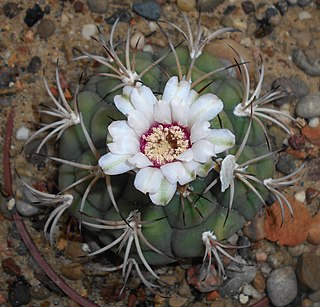
Gymnocalycium anisitsii is a globular cactus belonging to the family Cactaceae. The specific epithet honors the Hungarian pharmacist Dániel Anisits J. (1856-1911).

Lobivia cinnabarina is a species of cactus first described in 1885.

Ferocactus alamosanus is a species of Ferocactus from Mexico.
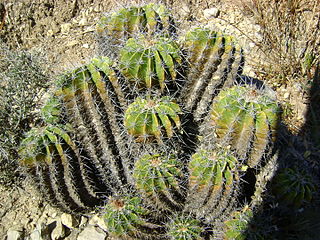
Ferocactus flavovirens is a species of Ferocactus from Mexico.
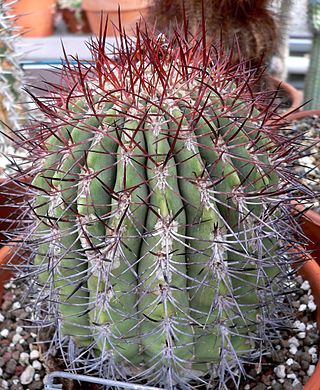
Denmoza is a monotypic genus of cacti. Its only species, Denmoza rhodacantha, is native to northwest Argentina.
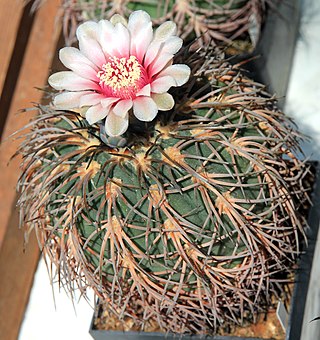
Gymnocalycium spegazzinii is a species of Gymnocalycium from Argentina and Bolivia named after the botanist C. L. Spegazzini.

Armatocereus cartwrightianus is a species of Armatocereus from Ecuador and Peru.

Armatocereus matucanensis is a species of Armatocereus from Ecuador and Peru.

Echinopsis aurea, is a species of Echinopsis found in Argentina.

Lobivia ferox, is a species of Lobivia found in Bolivia and Argentina.

Lobivia pampana is a species of Lobivia found in Peru.
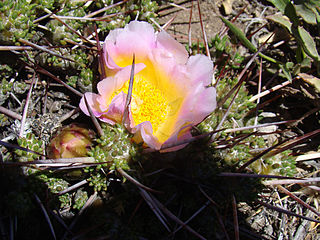
Maihuenia patagonica, commonly known locally as chupasangre or siempre verde, is a succulent cactus shrub native to Chile and Argentina. Maihueniapatagonica is remarkably tolerant to moisture and cold temperatures.
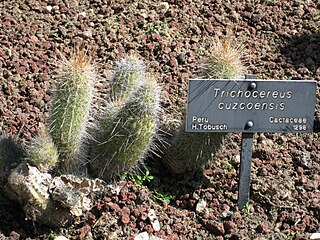
Echinopsis cuzcoensis is a species of Echinopsis found in Peru.

Cephalocereus euphorbioides is a species of Cephalocereus from Mexico.

Pelecyphora chihuahuensis is a species of flowering plant in the family Cactaceae, native to Mexico.

Borzicactus sepium is a species of Borzicactus found in Ecuador.

Ferocactus johnstonianus is a species of Ferocactus found in Mexico

Cochemiea poselgeri is a species of Cochemiea found in Mexico






















